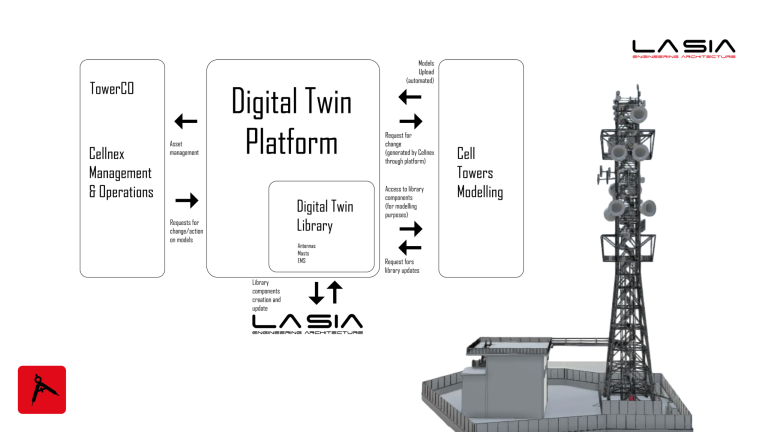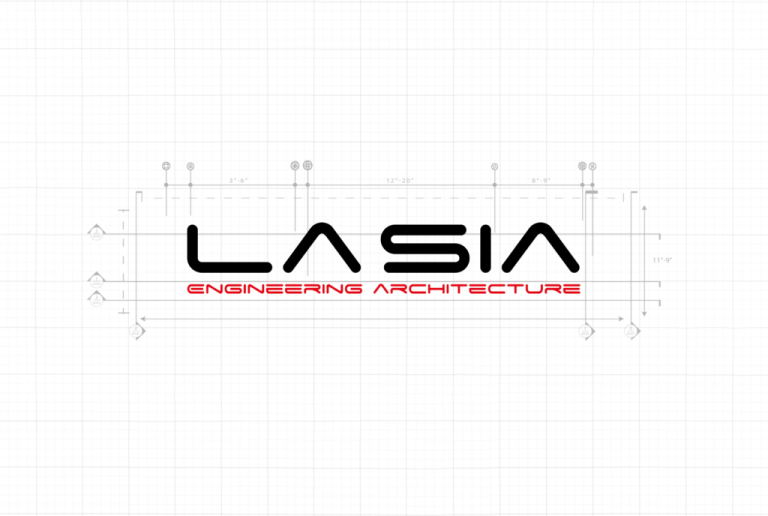What are the security facilities
Security systems are designed for the purpose of protecting tangible and intangible assets, both movable and immovable, through the use of technologies that, thanks to the introduction of specific components and software, make it possible to monitor the state of the places that are to be preserved.
Specifically when we talk about security systems we refer to access and presence control systems, intrusion detection systems, and video surveillance (CCTV) systems.
The access control system manages access to specific premises through the use of electronic devices such as badge readers or biometric readers, allowing the entry and exit of authorized persons to be monitored. Such a system can, in addition, be useful for authorizing vehicle access through the use of license plate reader cameras, activating/deactivating other security systems, storing the transit of people or vehicles, and prohibiting entry at certain times.
Complementing access control systems are intrusion detection systems, which consist of a complex of devices capable of detecting attempts to breach a controlled perimeter. Modern burglar alarm control panels, which are the real “brains” of the system, make it possible to monitor the status of locations, any alarms but also to remotely activate/deactivate certain zones through the use of management software.
Intrusion detection systems can be divided into two categories:
– Outdoor detection systems: protect the outer perimeter of the site by using sensors (microwave barriers, infrared barriers, buried sensors, or sensors to be installed on the fence) that are chosen according to the area and the type of mounting to be done.
– Indoor detection systems: intended for protection of both the inner perimeter of the area (magnetic contacts installed on doors and windows, piezometric sensors) and the indoor environment (volumetric detectors).
IEC 79-3 defines the sequence of steps to be followed for the proper design of an intrusion detection system, indicating the methods by which to carry out risk analysis in order to be able to identify the correct degree of security for site protection.
In conjunction with the above types of systems, a video surveillance system (CCTV system) can be installed that can ascertain and evaluate events based on visual information. These systems provide surveillance personnel with both images of the perimeter (through the use of cameras positioned in pursuit) and of the premises to be monitored.
The design of security installations
The preparation of a project, whether preliminary, final or executive, involves as a first instance a technical inspection, during which the state of the sites, the client’s needs, points of vulnerability and any technologies already present that need to be integrated and/or replaced will be examined.
Based on the inspection, a risk analysis is conducted, through which the necessary level of safety can be identified. Drafting the actual project involves a careful study of the sites and the activities taking place within them in order to identify the systems that are to be installed both outside and inside the site.
The protection of places is, in fact, articulated on concentric levels, beginning to design from the outside to the inside and vice versa, especially identifying any high-risk premises that need extra attention because of the activities that take place inside them or the information contained therein. Based on the needs of the client, the use of an integrated alarm and event management system can, in addition, be considered that would allow the status of the facilities to be checked through the use of smartphone and tablet applications or through the use of client PCs placed in the surveillance rooms. This element becomes of paramount importance especially for large facilities that have a large number of components in the field and need timely control of them. A networking network subservient exclusively to security systems allows video streams from cameras, alarms, and reports from various systems to be conveyed to the management system.
LA SIA s.r.l., thanks to its specialized skills in the field of security systems, is able to design this type of system for both industrial and commercial sites and military-type areas having, in fact, worked out the countermeasures necessary for raising the physical security standards of sites Leonardo S.p.A.., an international industrial group active in the Aerospace, Defense and Security sectors.
Respect for privacy from the design stage of video surveillance systems
As is well known, EU Regulation 2016/679 (“GDPR” for short) came into effect on May 25, which, together with Legislative Decree. 101/2018 transposing the same, renewed the privacy regulations.
One of the most significant changes in the GDPR, compared to previous directives, is in the fact that it provides precise guidance on data processing architectures, which must ensure that data protection objectives are met.
This implies that all operators are required, from the design stage of video surveillance and access control systems, to comply with the requirements of privacy regulations, thus ensuring what is known as privacy by design and privacy by default ( i.e., “by default”).
In short, privacy by design and privacy by default require those who develop a project, in which the processing of personal data is involved (such as precisely video surveillance and access control in general), to introduce preventive measures (technical, documental and organizational) that are structurally capable of guaranteeing the security of data processing both from the moment the architecture itself is designed and throughout the duration of the processing itself.
As indicated by the GDPR itself, such measures could consist of, among other things, minimizing the processing of personal data, limiting both access to live or recorded images and the area filmed, introducing image encryption systems, providing transparency regarding the functions and processing of personal data, and enabling the data controller to create and improve security features.
The one introduced by the GDPR is a real revolution, which invests data processing no longer only in the “operational” phase but expands to include the design and installation phase, making even the companies that design the installations actors in the data processing process.




